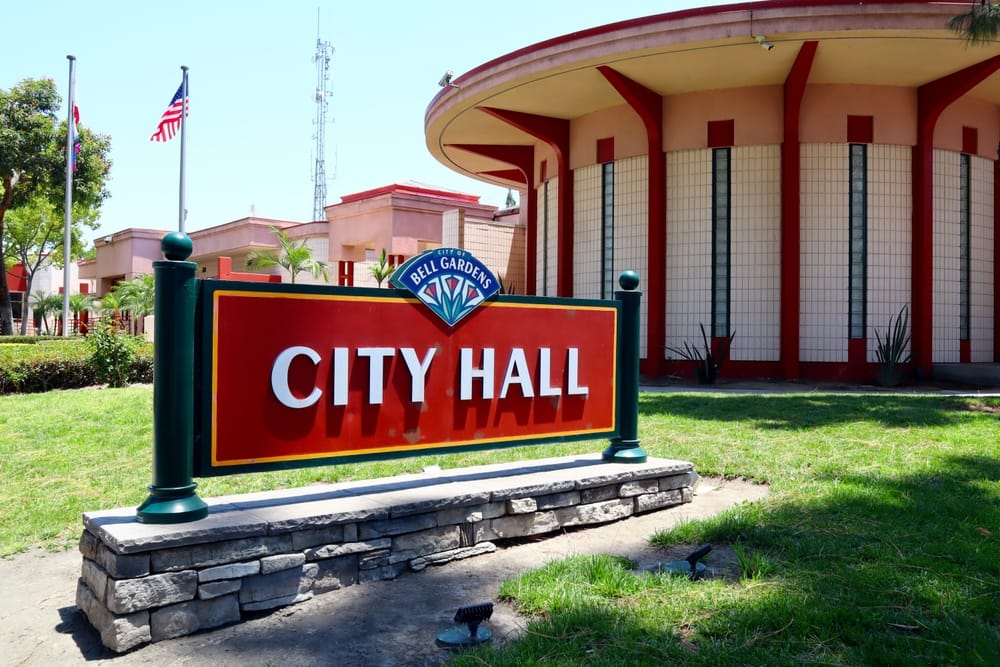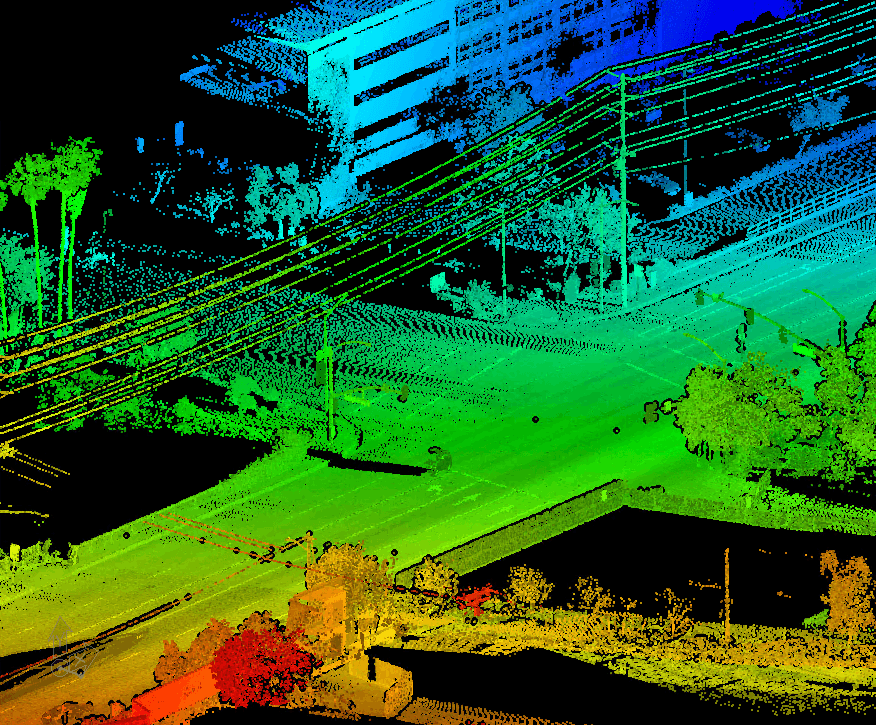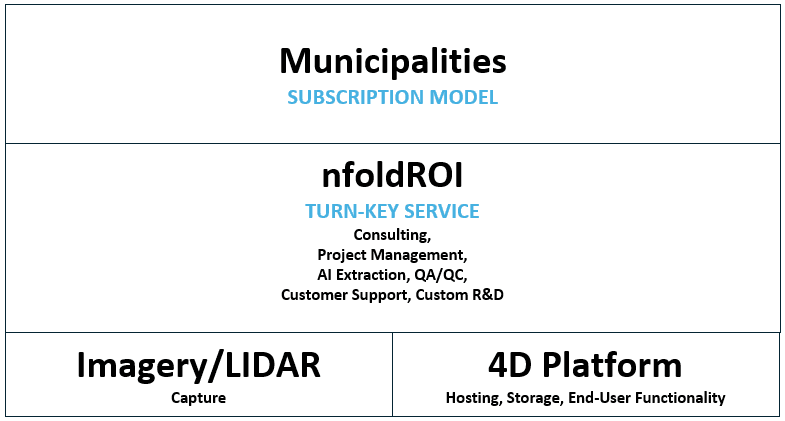
Local governments face increasing pressure to optimize operations, reduce costs, and improve service delivery while managing limited budgets.
This pages demonstrates how Light Detection and Ranging (LIDAR) technology offers a compelling return on investment for municipalities and counties through improved efficiency, reduced operational costs, and enhanced revenue generation opportunities.
Our analysis shows that LIDAR implementation typically delivers 150-200% ROI within three years while significantly improving public service delivery and safety.

All of these costs can be eliminated using nfoldROI-4D Imagery/LIDAR AI/ML Solution as a Service (SolaaS)
All of these costs can be eliminated using nfoldROI-4D Imagery/LIDAR AI/ML Solution as a Service (SolaaS)
Smart City initiative funding

This approach introduces very large economies of scale shared with other Municipalities – outsourcing all the specialised and expensive “back-office” work to the experts and allowing Municipalities to concentrate on their core business by simply using the nfoldROI-4D provided Data and on-line Services.

LIDAR technology represents a transformative investment opportunity for local governments. With proper implementation, municipalities can expect:[/caption]
The business case for LIDAR implementation is compelling, particularly given the technology’s ability to generate both immediate cost savings and long-term revenue growth. For local governments seeking to modernize operations while improving fiscal health, LIDAR technology offers a proven solution with demonstrable returns.
The ROI can be significantly improved by using a subscription service like nfoldROI-4D that eliminates upfront and maintenance costs.
—
*Note: All figures and statistics are based on aggregated data from multiple municipal implementations and industry studies. Individual results may vary based on specific circumstances and implementation approaches.*
Austin | Melbourne | Hyderabad | Auckland | London | Hamburg
We are ISO 9001 Certified for the provision of IT based Consulting, Training and Product Development Services and ISO 27001 Certified for specialist geospatial consulting, development and support services.
Privacy Policy – Legal Disclaimer – nfoldROI® is a Registered Trademark of nfoldROI Pty Ltd. – Copyright © nfoldROI Pty Ltd. All Rights Reserved.